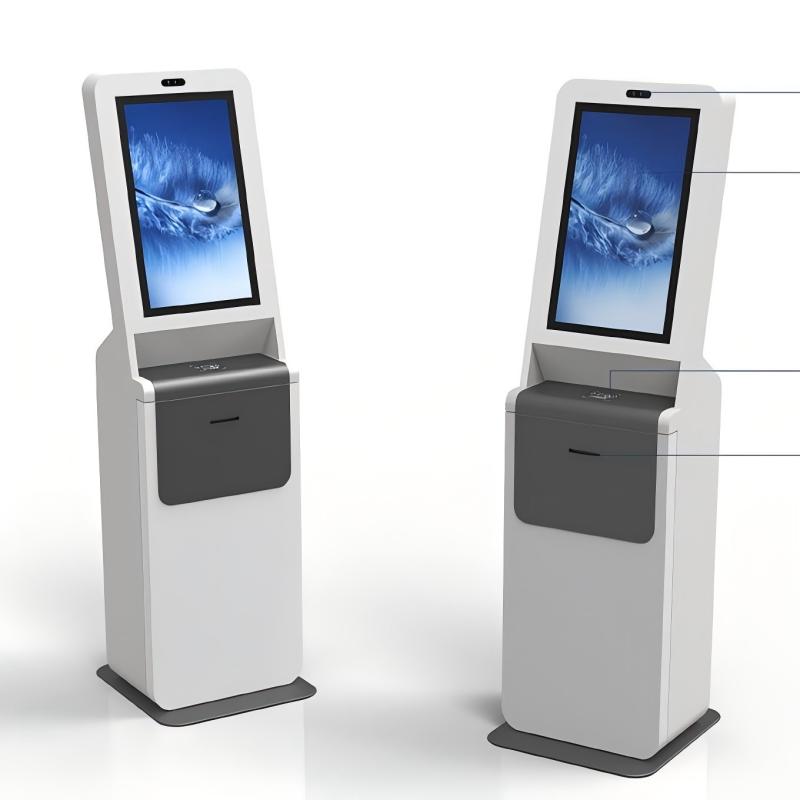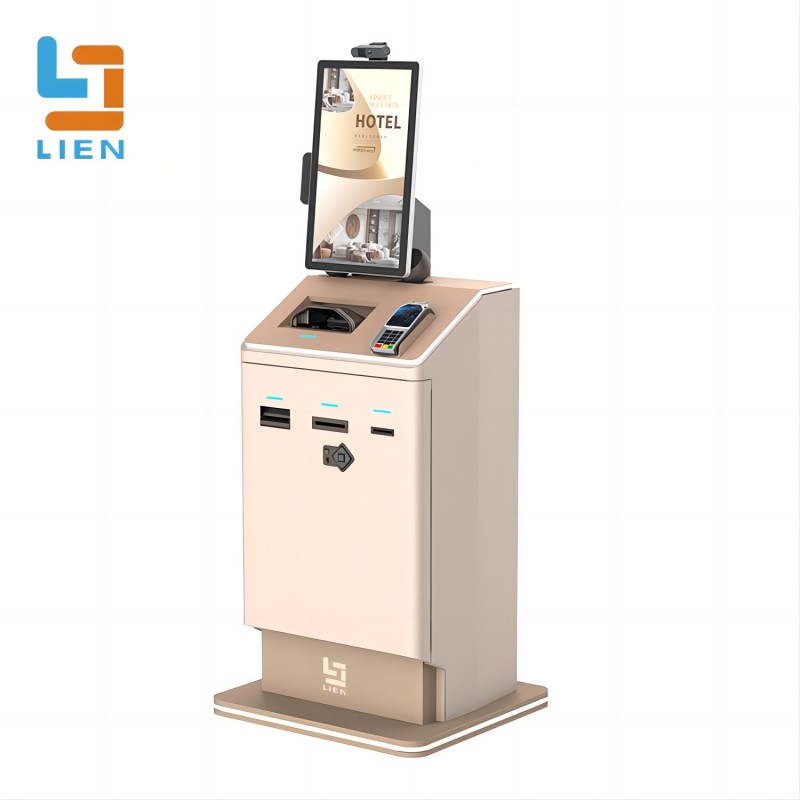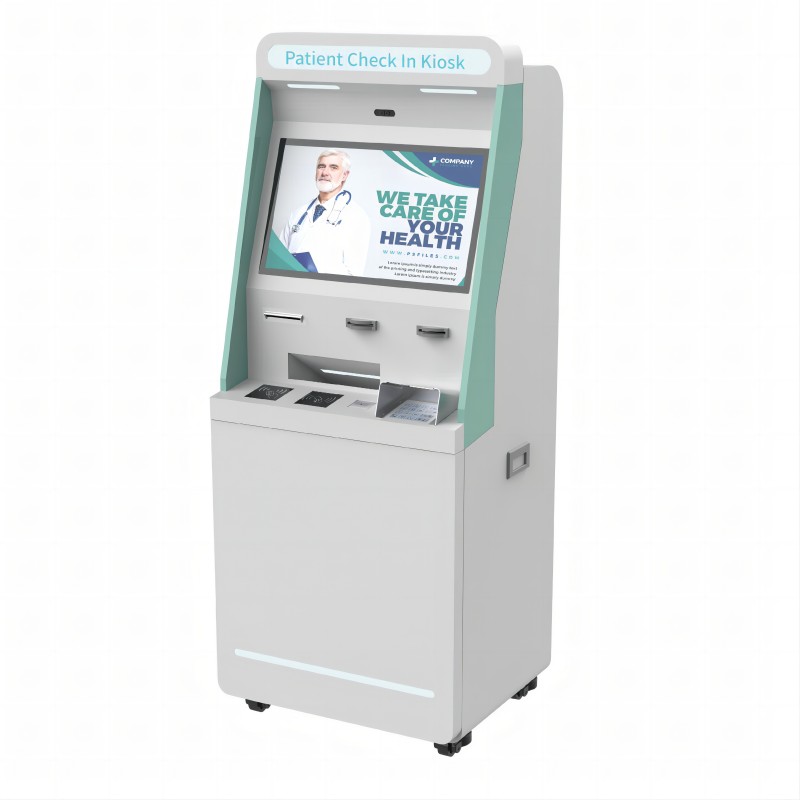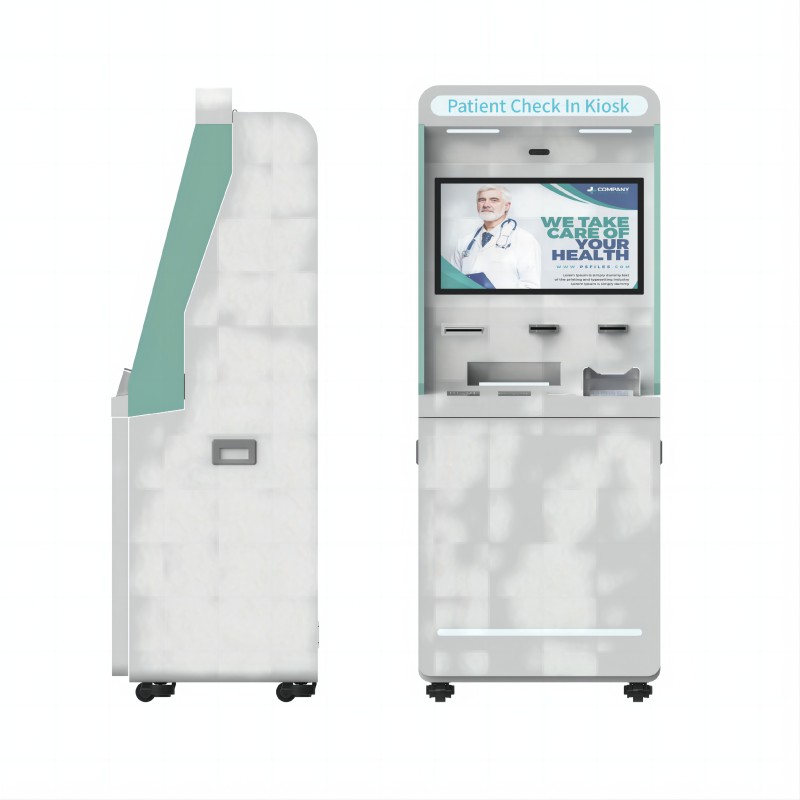Find Any Kiosk Machine You Need And Contact Lean Kiosk Now
All Products
Select Any Product
- Request A Quote Now








What did our happy clients say?
We recently installed the pharmacy kiosk from Lean Kiosk System, and it has completely transformed our workflow. Patients love the convenience, and we appreciate the reliable performance. Highly recommend Lean Kiosk System for any pharmacy!
Lean Kiosk System delivered a top-quality product with our new pharmacy kiosk. The installation was seamless, and it's incredibly user-friendly. We're very satisfied and would recommend them to anyone looking to upgrade their pharmacy services.
Our pharmacy's efficiency has significantly improved thanks to the kiosk from Lean Kiosk System. The design is sleek, and the technology is robust. We're very happy with our purchase and recommend Lean Kiosk System to all!
The pharmacy kiosk from Lean Kiosk System exceeded our expectations. It's intuitive for both staff and customers, and the customer service has been outstanding. We highly recommend Lean Kiosk System for their excellent product and support.